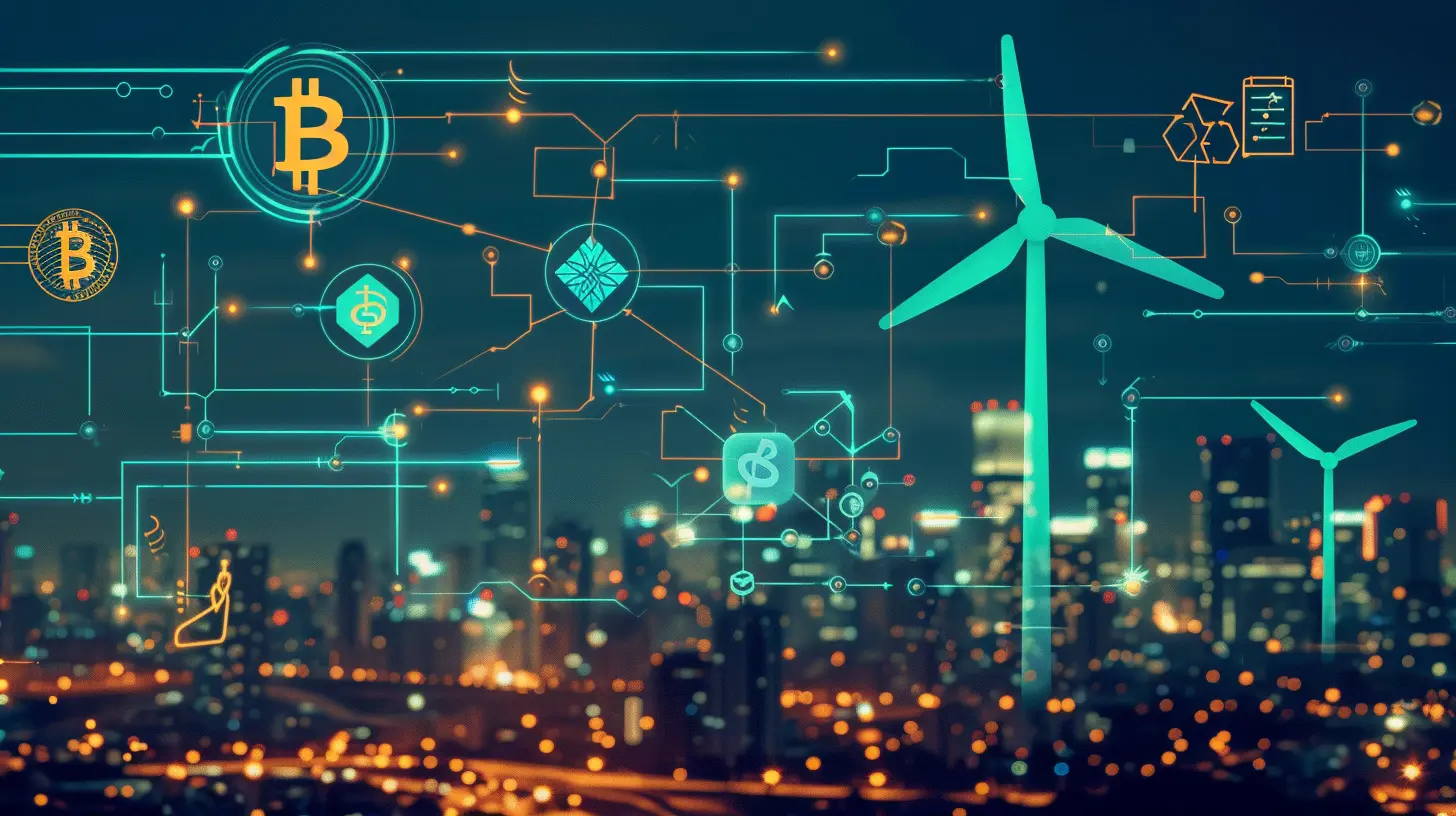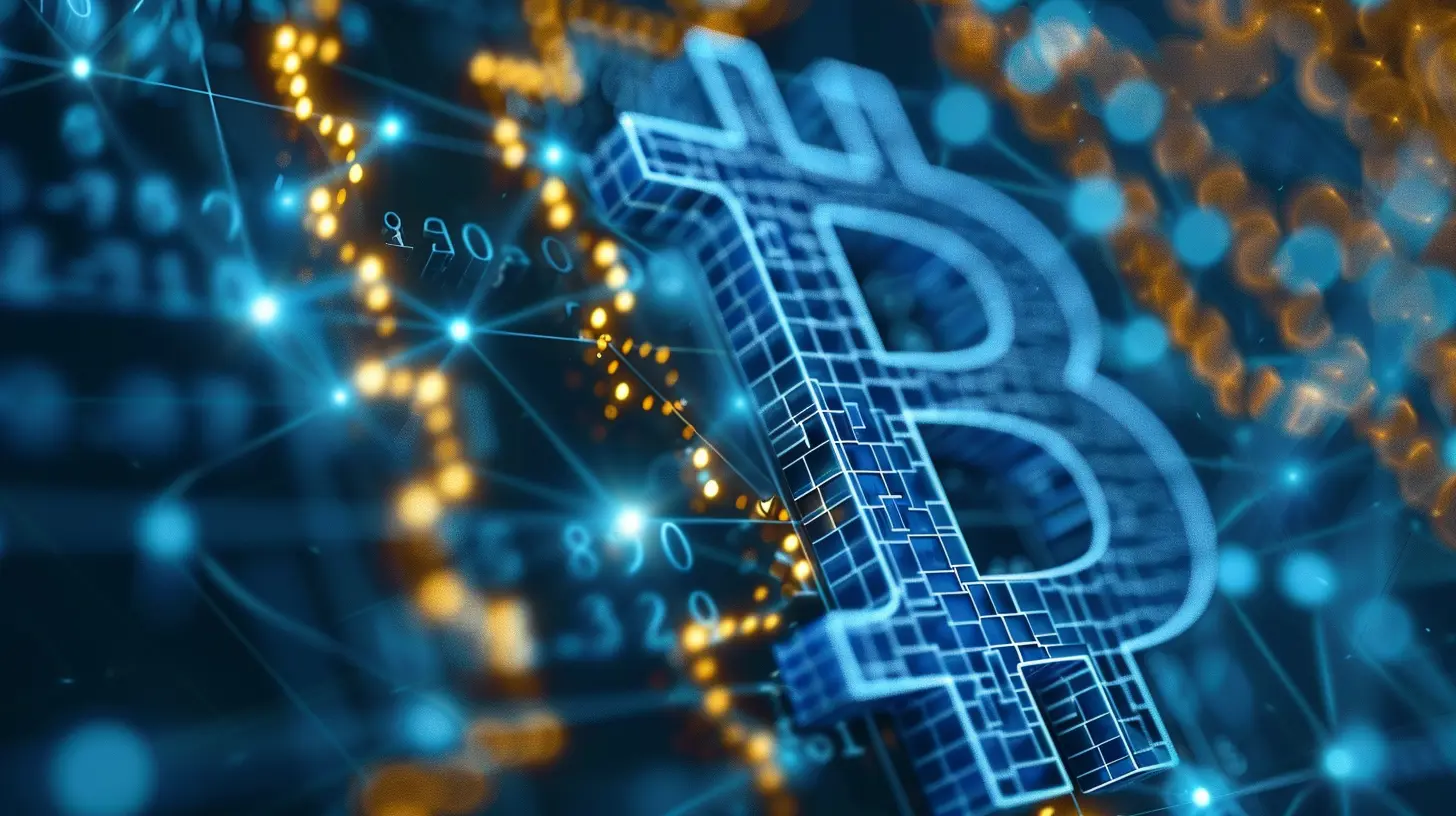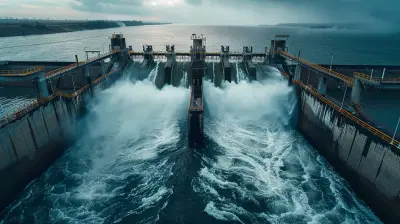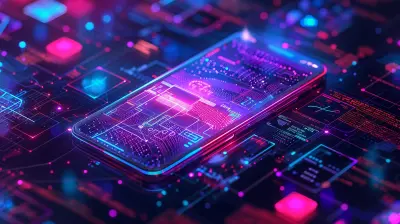The Intersection of Blockchain and Renewable Energy Trading
6 August 2025
Welcome to the wild crossroad where tech disruption meets clean energy innovation. We’re about to unpack how blockchain—the same decentralized tech that powers Bitcoin—is flipping the script on renewable energy trading. Yes, the grid just got a serious upgrade.
So, grab your solar-charged coffee and let’s dive into how blockchain is shaping the future of how we buy and sell green energy.
What’s the Big Deal With Renewable Energy Anyway?
Look, it’s no secret. The planet’s been on edge for a while—rising temps, shrinking glaciers, and wild weather mood swings. Enter renewable energy: solar, wind, hydro, geothermal—you name it. Clean, sustainable, and (bonus!) increasingly cheap.But here's the issue: energy markets are old-school and fully centralized. Want to sell solar energy from your rooftop back into the grid? Get ready to ride the bureaucratic roller coaster. It's slow, clunky, and controlled by big power players. Not exactly what you’d call "democratized."
Enter Blockchain: The Decentralized Hero
Now, imagine if you could cut out the middlemen, speed up transactions, and keep everything 100% transparent and secure. That’s what blockchain brings to the table.Think of it like this: instead of trusting one giant company to track your energy usage or manage your trades, you trust the math of the blockchain. Transparent, tamper-proof, and lightning-fast. No shady business. No hidden fees.
Let’s Break It Down: How Exactly Does Blockchain Work With Energy?
Alright, here’s the fun part.Blockchain is a digital ledger. Every time energy is bought, sold, or transferred, the transaction gets recorded permanently on the blockchain. Picture it like a digital receipt—one that can’t be forged, lost, or fudged.
Now couple that with smart contracts—self-executing contracts with rules coded right in. You can automate energy trading. For example:
- You generate solar power at your house.
- You sell excess energy to your neighbor using a smart contract.
- The blockchain verifies everything and handles the transaction.
No waiting. No paperwork. No middlemen. Just clean energy flowing like data across Wi-Fi.
Peer-to-Peer (P2P) Energy Trading: Power to the People
This is where things get spicy.P2P energy trading means individuals can trade energy amongst themselves directly—like how you Venmo your friends for pizza, but for kilowatts.
With blockchain, you don't need a central authority to manage who gets what. Microgrids—local energy networks—are becoming power playgrounds. Neighbors are buying and selling electricity like Pokémon cards, but greener.
Benefits of P2P Energy Trading
- Lower costs – Bypass utility companies and their fees.- Empowered consumers – Produce, use, sell—your energy, your rules.
- Grid resilience – Local trading adds flexibility to the grid.
- Transparency – Everyone sees where energy comes from. No greenwashing.
Is this starting to sound like a sci-fi utopia? It’s already happening. Australia, Germany, and parts of the U.S. are rolling out blockchain-based energy projects as we speak.
Real-World Blockchain + Renewable Energy Projects
Let’s take a peek at what’s already cooking in this futuristic stew.1. Power Ledger (Australia)
These guys are killing the game. Power Ledger enables P2P energy trading using blockchain tech. If you’ve got solar panels, you can sell your excess juice directly to others in your community. It’s all tracked and executed on the blockchain.2. Brooklyn Microgrid (USA)
Straight outta New York, this project lets residents generate energy via solar panels and trade it with neighbors. Blockchain handles the trading ledger. The result? Local, clean energy made and shared within the community.3. WePower (Estonia)
This is a blockchain-based platform where users can invest in green energy projects in return for electricity. It’s like Kickstarter for clean power, except your reward isn’t a t-shirt—it’s actual usable energy credits.These aren’t just experiments—they’re real, running systems proving that blockchain in energy isn’t just a buzzword.
Why Blockchain Fixes What’s Broken in Energy Markets
Let’s get brutally honest: the current energy system is outdated.Centralized grids. Opaque billing. Slow transactions. Non-stop paperwork. Middlemen galore.
Blockchain flips the script.
✅ Real-time transactions? Check.
✅ No need to rely on third-party verification? Check.
✅ Immutable records for regulatory compliance? Double check.
✅ Lower operational costs? You bet.
Blockchain makes energy markets faster, fairer, and more accessible. Think of it like giving the energy industry a full-system cleanse.
The Intersection: Where Blockchain & Renewable Energy Totally Click
Here’s why they’re a match made in tech heaven:- Both are decentralized by nature – Renewable sources like rooftop solar or wind turbines are naturally decentralized, which syncs perfectly with blockchain’s peer-to-peer structure.
- Transparency matters – With renewables, we want to know if energy is truly "green." Blockchain ensures full traceability.
- Incentivizing green behavior – Systems can reward consumers for using renewable energy. Gamify sustainability? Yes, please.
- Carbon credits and certification – Blockchain can track and trade carbon credits transparently, reducing fraud in cap-and-trade markets.
Bottom line: Blockchain doesn’t just complement renewable energy; it supercharges it.
What Are the Challenges? (It’s Not All Sunshine and Wind Turbines)
Of course, no tech is perfect, and blockchain’s got its own bag of issues.❗ Energy Consumption
Here’s the kicker—some blockchain platforms, like Bitcoin, are notorious energy hogs. That kinda defeats the purpose when you’re trying to green the planet. The good news? Newer blockchain platforms (like Proof of Stake systems) are drastically cutting energy use.❗ Regulation and Standardization
Energy markets are highly regulated. Governments aren’t always quick to adapt to new tech. There’s a need for unified standards, legal clarity, and digital infrastructure before blockchain becomes mainstream in energy.❗ Technology Adoption
Let’s be real—blockchain is still a bit of a black box to many people. Getting utilities, households, and regulators all on the same digital page is a slow process. But it’s gaining traction. Fast.The Future: What’s Next for Blockchain and Renewable Energy?
Let’s dream big for a second.Imagine a global, decentralized energy exchange. You wake up, your solar panels have generated more power than you need. You log into an app (powered by blockchain, of course), and in seconds, you’ve sold that power to someone across the city—or across the globe.
💡 You didn’t call a utility company.
💡 You didn’t wait days to get paid.
💡 You earned in crypto or fiat, your choice.
Within minutes, your digital wallet is updated, your battery is recharging, and the world is just a little bit cleaner.
That’s the future we’re heading toward—one where energy isn’t just consumed, it’s traded, optimized, and democratized.
TL;DR – Why This Matters
- Renewable energy is awesome—but trading it is currently inefficient.- Blockchain makes energy markets faster, smarter, and more transparent.
- P2P trading empowers individuals and communities.
- Real-world projects are already proving the model.
- Challenges like energy usage and regulations need ironing out.
- The future? Distributed, digital, and decidedly cleaner.
Final Thoughts: It’s Time to Unplug from the Old Grid
The fusion of blockchain and renewable energy is more than just a tech trend—it’s a turning point. It's our chance to break free from the fossil-fueled status quo and create an energy system that’s fairer, cleaner, and built for the digital era.You don’t need to understand every technical detail to see what’s coming. But one thing’s for sure—if we play our cards right, blockchain could be the beating heart of a smarter, greener energy revolution.
So watch this space. Or better yet, start thinking about how you can join the movement—whether that's installing solar panels, supporting P2P energy platforms, or just staying informed.
The grid is evolving. The only question is—are you ready to plug into the future?
all images in this post were generated using AI tools
Category:
Renewable EnergyAuthor:

Michael Robinson
Discussion
rate this article
1 comments
Azura McCall
Exciting potential here! Bridging technology and sustainability can truly empower our energy future.
August 19, 2025 at 11:04 AM

Michael Robinson
Thank you! Embracing this intersection is key to a sustainable energy future.


